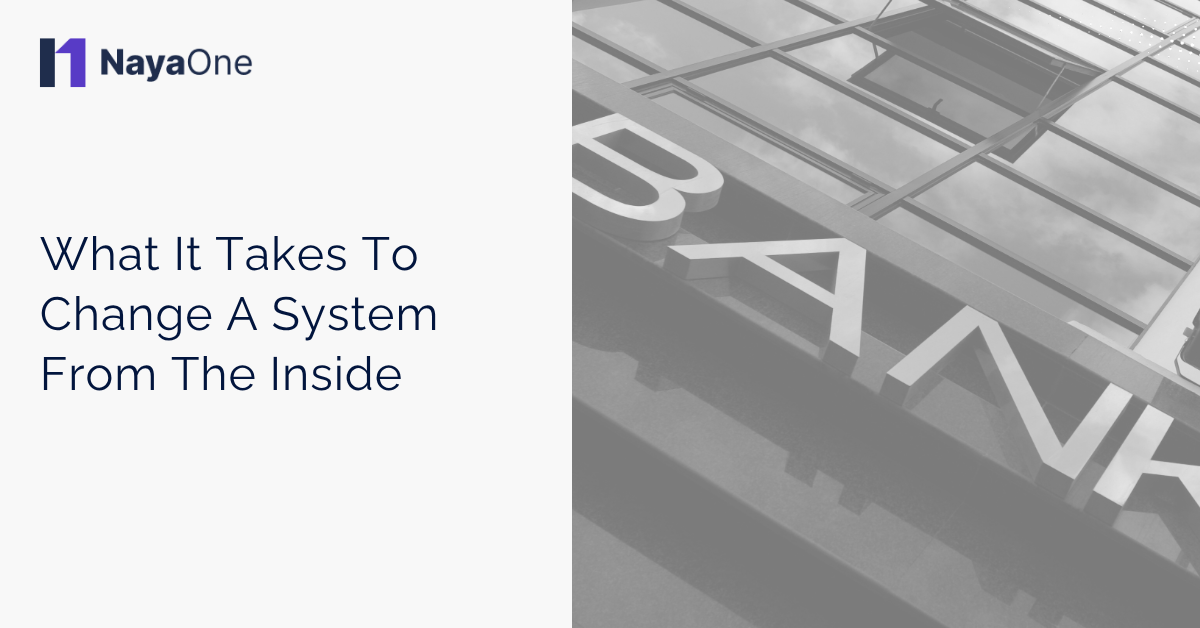When it comes to experimenting with new financial technologies, the stakes are high. One wrong move could mean a compliance headache, a data breach, or just a very expensive mistake. That is where a digital sandbox network comes into play. Think of it as a playground for fintech teams, but instead of swings and slides, it is filled with simulations, testing tools, and safe-to-fail experiments. It allows financial institutions to test new products and services without worrying about the consequences of going live too soon.
The beauty of these networks is that they combine creativity with control. Teams can innovate boldly, but within boundaries that keep customer data, transactions, and regulations secure. For anyone working in financial services or fintech, understanding how this type of environment works and how it reduces risk is becoming essential. It is not just a tool; it is a strategy for smarter, safer experimentation.
Beyond just testing, these networks provide a unique opportunity for cross-team learning. Developers, compliance officers, and product managers all get to collaborate in a space that encourages trial, error, and iteration without the fear of causing real-world problems. That means lessons are learned faster, and innovations reach customers sooner.
With global fintech user penetration estimated to reach 80.1% in 2025, the demand for secure, innovative financial solutions is higher than ever. Sandbox networks are becoming increasingly vital in meeting this demand, offering a controlled environment for testing and refining new technologies before they reach the market.
What is a digital sandbox network, and how does it work?
So, what exactly is this type of environment? Imagine having a fully functional version of the financial ecosystem where you can test new ideas without touching the real thing. It is a virtual environment that mirrors the operations of banks or fintechs, complete with data simulations, transaction processing, and system interactions. Within this space, teams can experiment with apps, APIs, payment systems, and more, all while knowing that nothing they do will disrupt actual customer accounts or services.
The magic happens because the sandbox isolates the experiments from real-world operations. It replicates real scenarios but in a controlled manner. For example, a fintech might test a new mobile payment feature. Instead of releasing it to actual users, they trial it within the network. Any bugs, glitches, or compliance issues are caught early, saving time, money, and potential embarrassment.
Another advantage is that these networks often come with built-in monitoring tools. Teams can track performance metrics, error rates, and transaction flows just as they would in the real world. This means that the insights gained during testing are highly reliable and can directly inform production deployments. In short, the sandbox works like a rehearsal stage where financial services can perform before the big premiere.
How do digital sandbox networks reduce operational and compliance risks?
Risk is the word that makes every financial professional sit up straight. New technologies often carry operational and compliance risks that can be expensive to manage after the fact. A controlled testing environment, such as a sandbox network, tackles this by providing a safe space where these risks can be identified and managed before going live.
Operational risks, such as system failures or data loss, are minimised because the network mimics the live environment without the real-world stakes. Compliance risks are addressed because regulatory requirements can be tested alongside product development. For instance, teams can ensure that new software adheres to anti-money laundering laws or payment security standards.
Even seemingly minor mistakes can be costly in live environments. A small bug in a payments app could delay transactions or frustrate customers. By identifying these issues early in testing, organisations can refine their processes and technology to prevent them from happening in the real world. Essentially, the sandbox acts like a protective bubble around experimentation, giving teams the confidence to innovate without the constant worry of penalties or disruptions.
Why are financial institutions increasingly adopting digital sandbox networks?
You might be wondering why banks and fintechs are suddenly so keen on these controlled environments. The answer is simple: speed, safety, and smarter innovation. Developing financial products used to be slow and cautious. Testing in live environments carries too much risk, and innovation could be stifled. With these networks, companies can experiment freely without the fear of costly mistakes.
The networks also encourage collaboration between developers, compliance teams, and even regulators. By providing a shared environment, they make it easier to align technology development with legal and operational standards. Fintech companies benefit because they can iterate quickly, while banks gain confidence that new solutions are secure and compliant.
Moreover, adoption is being driven by competition. Financial organisations that embrace experimentation have a clear edge over those that do not. They can bring new features and services to market faster, respond to customer feedback more effectively, and pivot quickly when circumstances change. In this sense, these networks are not just tools; they are becoming essential assets in a company’s innovation strategy.
What are the best practices for leveraging a digital sandbox network effectively?
Having access to a controlled testing environment is one thing, but using it wisely is another. To get the most out of a digital sandbox network, financial teams should start with clear objectives. What are you testing, and why? Setting measurable goals helps ensure that experiments produce actionable insights rather than just interesting data.
Collaboration is another key factor. Developers, compliance officers, and product managers should work together from the start. This ensures that all regulatory requirements are considered while still encouraging creativity. Teams should also embrace iterative testing, using feedback from each experiment to refine and improve their products.
Another best practice is documenting everything. Maintaining records of tests, results, and lessons learned makes it easier to replicate successes and avoid repeating mistakes. Over time, these insights create a knowledge base that can improve efficiency and decision-making across the organisation. Finally, monitoring is crucial. Tracking the right metrics will reveal trends, identify risks, and guide smarter decisions. The sandbox is a playground, but one where strategy is just as important as fun.
How can these networks shape the future of fintech innovation?
Looking ahead, controlled testing environments are likely to become a standard part of financial technology development. They provide a safe space to experiment, reduce operational and compliance risks, and accelerate innovation without compromising security. By embracing them, financial institutions can foster a culture of creativity and experimentation while keeping customers and regulators happy.
These networks are more than just testing environments; they are catalysts for smarter, safer financial solutions. Whether you are a bank, a fintech, or a startup in the financial sector, understanding and leveraging tools like NayaOne’s digital sandbox can make the difference between slow, cautious innovation and confident, risk-aware progress.
The future of financial innovation is being built in these controlled, creative spaces. Those who use them wisely are likely to lead the way, delivering products and services that are both cutting-edge and secure. For teams looking to balance bold experimentation with risk management, there has never been a more exciting time to explore what NayaOne’s digital sandbox and similar platforms can offer.






